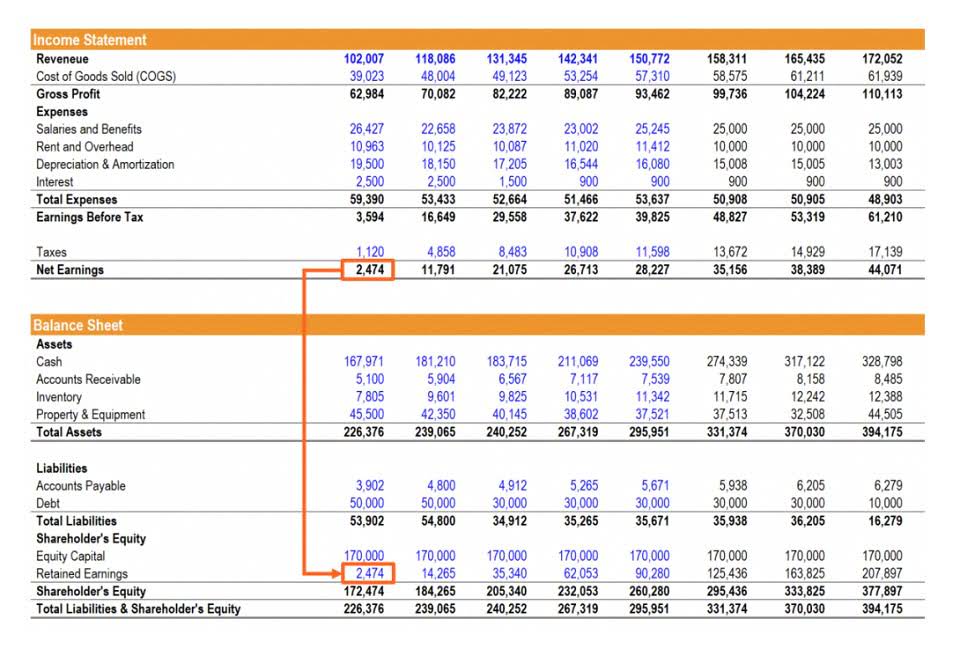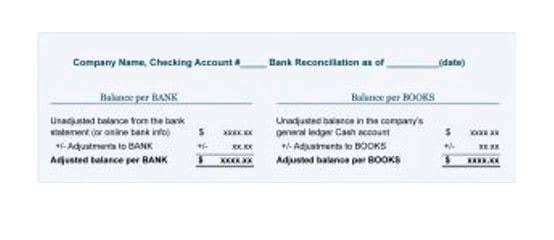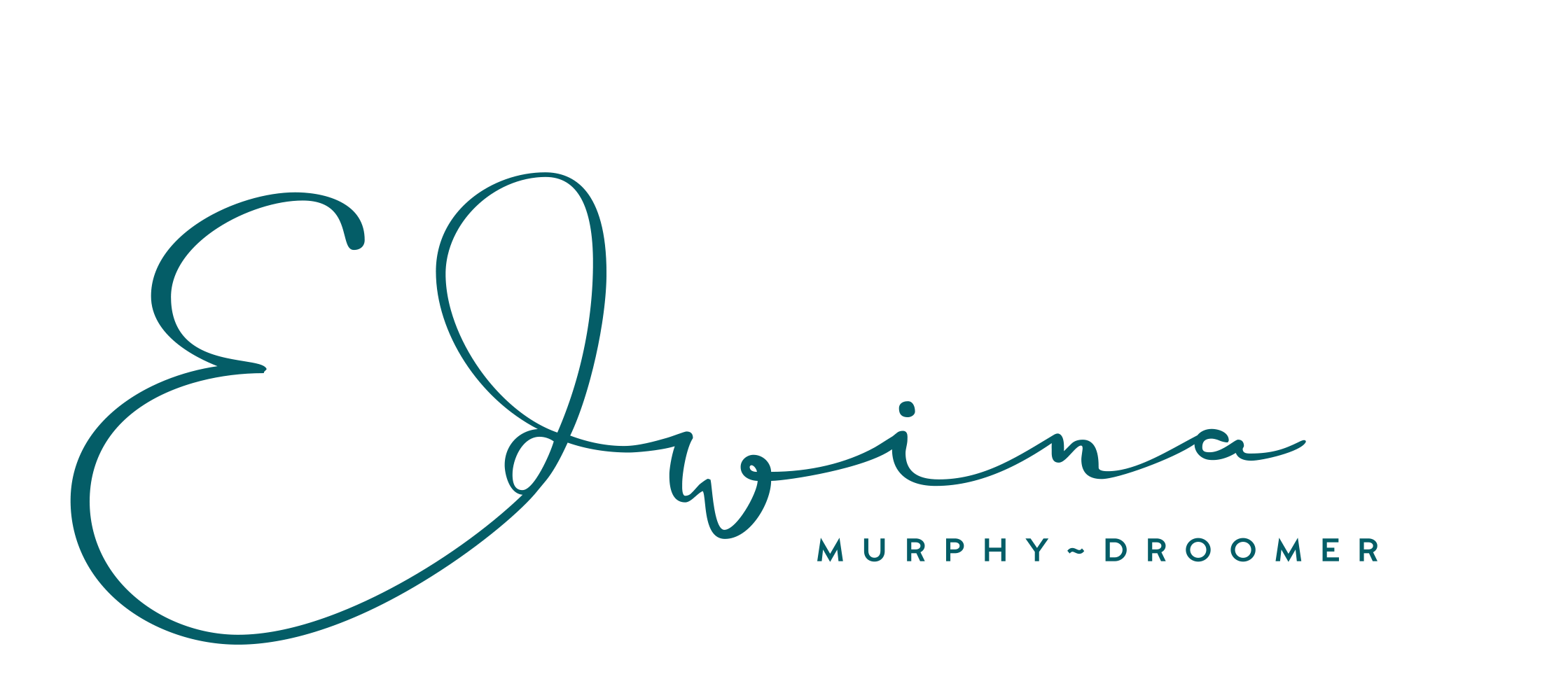
Tasks, such as establishing a budget, planning for the next fiscal year and preparing for tax time, are easier when financial records are accurate. The purpose of bookkeeping is to make sure that the financial transaction is correct, chronological, up-to-date and complete. The main aim of maintaining records is to depict the exact position of the company regarding the incomes and expenses. All in all, bookkeeping simply means tracking your business’s expenses and income. There are a variety of methods for this, including single-entry and double-entry systems.
Recording Transactions

A balance sheet line that includes cash, checking accounts, and certain marketable securities that are very close to their maturity dates. Generally a long term liability account containing the face amount, par amount, or maturity amount of the bonds issued by a company that are outstanding as of the balance sheet date. This account balance or this calculated amount will be matched with the sales amount on the income statement. A current asset whose ending balance should report the cost of a merchandiser’s products awaiting to be sold. The inventory of a manufacturer should report the cost of its raw materials, work-in-process, and finished goods.

Steps for Recording Adjusting Entries

The following are brief descriptions of some common liability accounts. Furniture and FixturesThis account reports the cost of desks, chairs, shelving, etc. that are used in the business. The cost of furniture and fixtures is to be depreciated over the useful lives. VehiclesThis account reports the cost of trucks, trailers, and automobiles used in the business.
- An accountant may interpret the financial records that a bookkeeper compiles in order to assess a company’s financial health.
- There are a variety of methods for this, including single-entry and double-entry systems.
- For example, you might complete the Intuit Academy Bookkeeping Professional Certificate or several other bookkeeping courses offered by universities and companies on Coursera.
- As you read the previous paragraph, you may have been reminded of our discussion of adjusting entries.
- Trying to juggle too many things at once only works to put your organization in danger.
- The single-entry and double-entry bookkeeping systems are the two methods commonly used.
Quickbooks Training
An important difference between a manual and an electronic accounting system is the former’s latency between the recording of a financial transaction and its posting in the relevant account. Start by deciding on the system you want to use, whether it’s an online program, paid software or a spreadsheet. Next, set aside a dedicated time either weekly or biweekly to review your bookkeeping, reconcile transactions and complete necessary data entry. Finally, you’ll want to decide how all receipts Bakery Accounting and documents will be stored.
- If your bookkeeper bills your customers or pays your vendors and employees, make sure you have proper checks and balances in place to mitigate the possibility of fraud.
- It is a financial report that tracks incoming and outgoing cash in your business.
- For example, if your company wants to pay off a creditor, the “cash” account is reduced by the amount you owe to the creditor.
- This way, you can catch any discrepancies early, spot possible fraud, and fix issues before they become bigger problems.
In short, once a business is up and running, spending extra time and money on maintaining proper records is critical. Whether you’re trying to determine the best accounting bookkeeping system for your business, learn how to read a cash flow statement, or create a chart of accounts, QuickBooks can guide you down the right path. Take routine bookkeeping off your never-ending to-do list with the help of a certified professional. A QuickBooks Live bookkeeper can help ensure that your business’s books close every month, and you’re primed for tax season. Our expert CPAs and QuickBooks ProAdvisors average 15 years of experience working with small businesses across various industries.
Cash Flow Statement
We follow generally accepted accounting principles, as well as local and federal tax guidelines. We understand the issues facing sole proprietors, LLC’s, and small corporations. See website for more details.1 QuickBooks Live Expert Assisted2 QuickBooks Live Expert Assisted requires QuickBooks Online subscription. The accounting term that means an entry will be made on the left side of an account. Having entry numbers and standard entries should help to make the monthly closings more routine and efficient. However, a survey of 500 annual reports of large U.S. corporations revealed that only about 1% had used the recommended direct method.
What skills do you need to become a bookkeeper?
At the end of the course, you’ll receive a Professional Certificate, which you can put on your resume to demonstrate your skills and accomplishments to potential employers. Small businesses also manage their own accounts receivable to make sure they get paid on time for goods and services that have already been bought or rendered. The process involves sending estimates and invoices and keeping track of due dates. Some accounting software comes with invoicing features, like automated payment reminders, or you may opt for separate invoicing software. Bookkeepers record and classify financial transactions, such as sales and expenses.
Pathways to a bookkeeping career

One of the best bookkeeping companies things you can do to ensure your books balance properly is to follow the three golden bookkeeping rules. Learn the basics of bookkeeping and why it’s important for your business. Business News Daily provides resources, advice and product reviews to drive business growth.

In exchange for the preferential treatment of dividends, preferred shareholders usually will not share in the corporation’s increasing earnings and instead receive only their fixed dividend. A balance on the right side (credit side) of an account in the general ledger. A bill issued by a seller of merchandise or by the provider of services.
